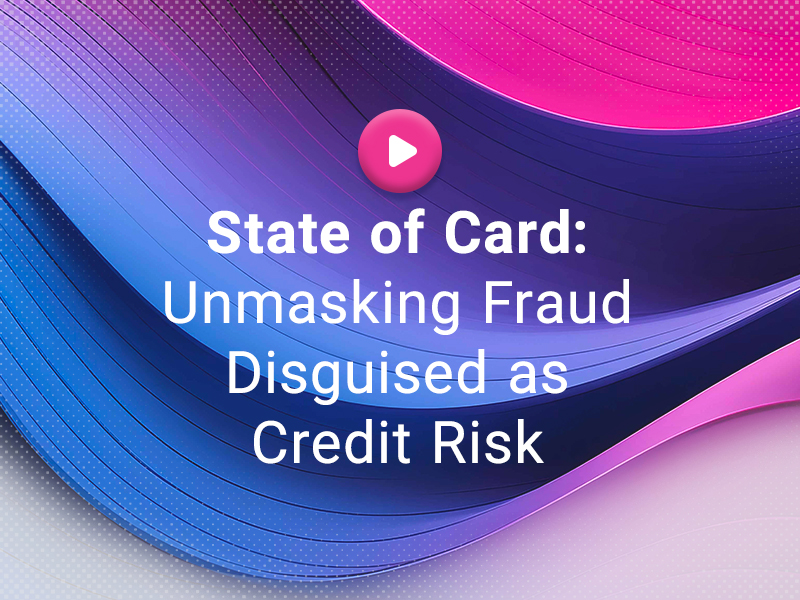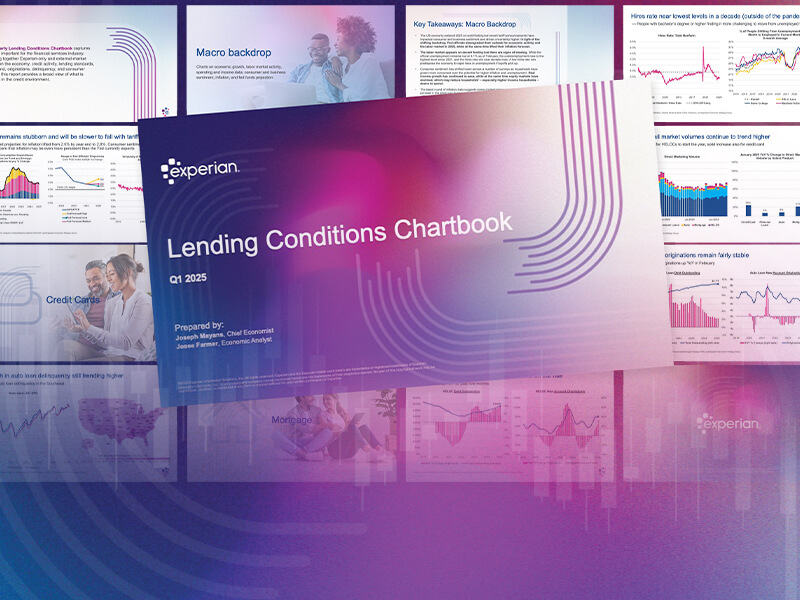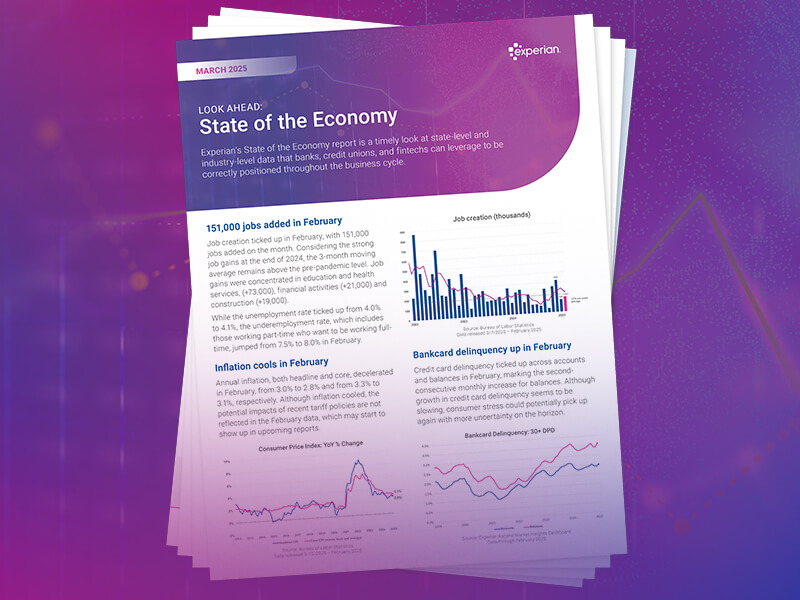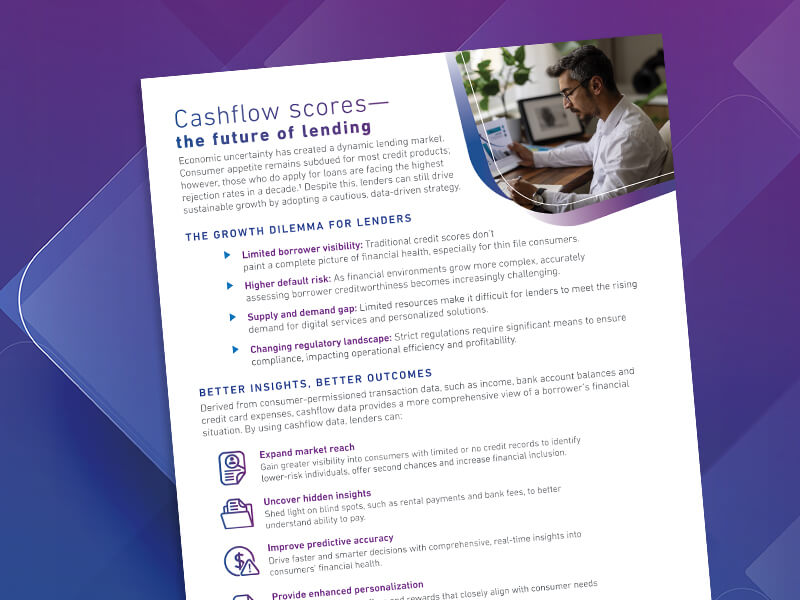Case Study
Published April 3, 2020
Fintech Credit & Economic Trends MarketingLearn how home equity lender, Spring EQ, leveraged Experian Boost™, which captures the value of consumer's utility and telecom trade lines, to help applicants near approval or risk thresholds qualify for better loan terms and conditions.
Complete the form to access the case study
This site is protected by reCAPTCHA and the Google Privacy Policy and Terms of Service apply.
Thank you for your interest
Your free Experian resource is now available. Enjoy!
 Webinar
Webinar
State of Card: Unmasking Fraud Disguised as Credit Risk
With the recent Fed announcement and fewer interest rate cuts on the horizon, it’s time to posture your organization more defensively. Where to start? A portfolio management activity that is often overlooked is the accuracy behind classifying fraud and credit risk.
Join our experts for an insightful webinar where they’ll review:
- The state of the Credit Card industry
- The value of performing lookback reviews – beyond accuracy
- Credit tools to help your portfolio management strategies
 Report
Report
Lending Conditions Chartbook Q1 2025
In our Q1 Lending Conditions Chartbook, we break down the latest economic trends and dive deep into credit conditions across products and regions.
Insights include:
- The labor market appears on decent footing but there are signs of slowing.
- Credit growth remains subdued and is running below its pre-pandemic average as financial institutions maintain tight lending standards and interest rates remain elevated.
- Looking at origination activity, there has been a meaningful pickup among fintechs and in unsecured personal loans.

